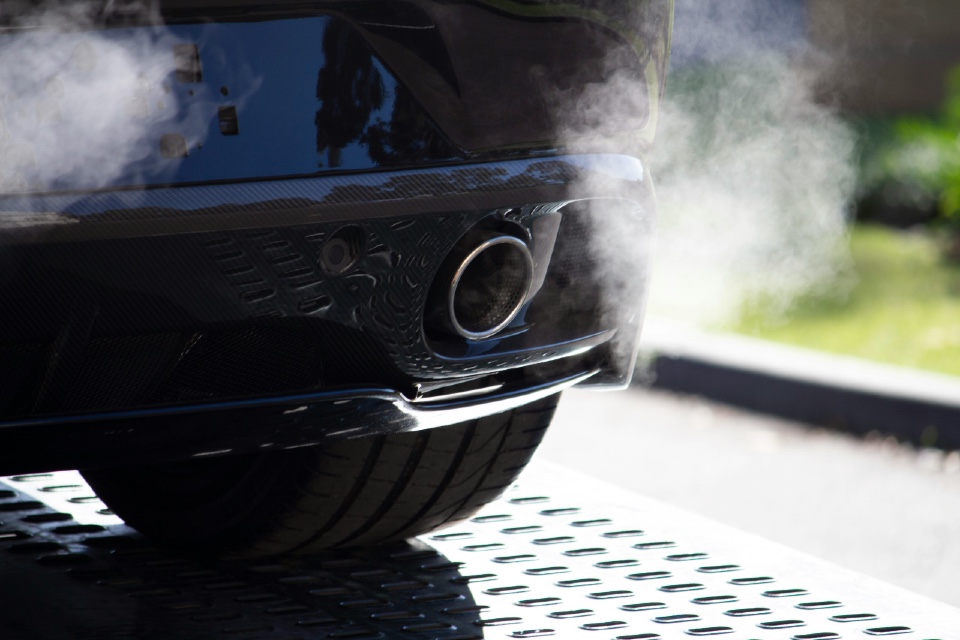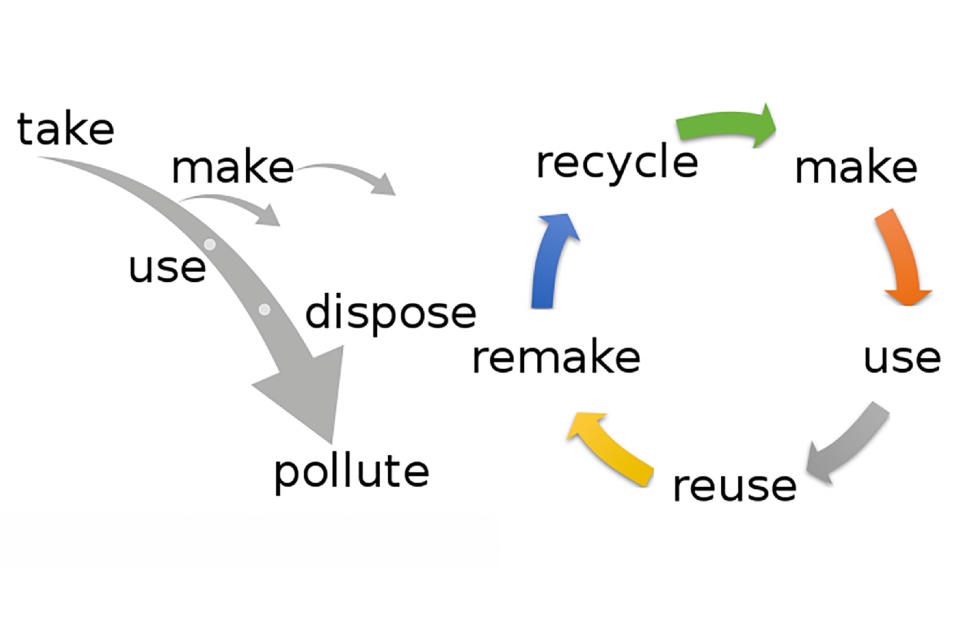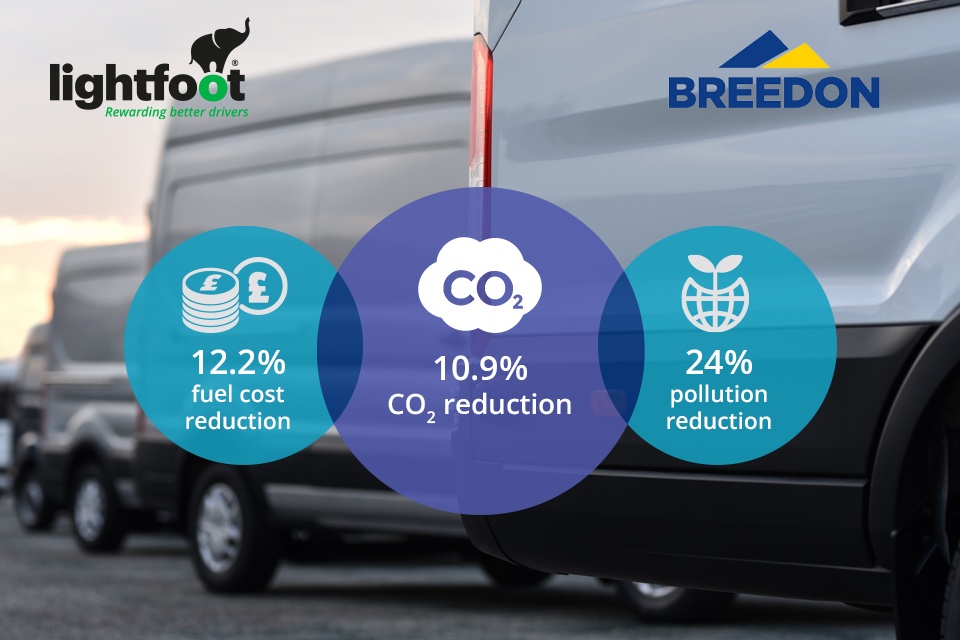‘Scepticism and lack of trust’ surround Zero Emission Government mandates

Teletrac Navman’s annual industry survey has revealed less than half of respondents believe the governments will follow through with planned zero emissions mandates, while two-thirds of global fleets are currently operating PHEV, BEV or FCEV vehicles in their fleet. The 2024 Telematics Survey (TS24) sheds light on the industry’s latest trends and challenges, as well […]
Data data data – The key for logistics and transportation businesses to meet their sustainability goals in 2024

By Serge Schamschula, Head of Ecosystem at Transporeon, A Trimble Company It is fair to say that the EU has certainly been in full ‘green mode’ in recent years, with the aim to reduce net greenhouse gas emissions by at least 55% by 2030. And, in its bid to meet this ambitious, long-term environmental and […]
ITF: Tackling transport CO2 emissions ‘reduces investment needs for core infrastructure’

An ambitious transition to sustainable transport could be cheaper in terms of investment into core transport infrastructure than continuing as is – if action is taken now. This is the main message of the ITF Transport Outlook 2023 report of the International Transport Forum at the OECD, presented on 24 May at the global Summit […]
Connected EVs save fleets 15 tonnes of CO2 per vehicle, per year

European fleets using EVs have cut their carbon emissions by more than 15 tonnes of CO2per vehicle, per year, equating to a fuel saving of 5,665 litres. Webfleet published this information in the first instalment of Electrifying Data, a series of reports that map the commercial EV opportunity in exclusive telematics data. The first report […]
Anglo Scottish Asset Finance helps Newcastle and Gateshead businesses achieve clean air compliance

Anglo Scottish Asset Finance Ltd has been appointed by Newcastle City, and Gateshead Council to deliver the financial assistance scheme to support businesses affected by the introduction of a clean air zone in Newcastle City Centre. The financial assistance scheme has been launched to support Newcastle and Gateshead’s Clean Air Zone (CAZ), which will charge […]
Automakers told they can cut material emissions by 60% by 2040

By WhichEV Electric vehicles are easier to design, easier to make and easier to maintain. However, they have forced every major car company to reconsider their manufacturing processes and supply chains – because of the new technologies being developed and used. Across the whole of the automotive sector, 30% of the world’s pollution emissions are […]
Breedon fleet cuts emissions and idling time with driver rewards tech

Leading construction materials group Breedon has succeeded in introducing significant improvements to its fleet of delivery vehicles with the help of Lightfoot’s pioneering real-time in-cab driver coaching technology. Instances of aggressive and inefficient driving have been dramatically reduced, resulting in a 12.2% fall in fuel costs, a 10.9% drop in carbon emissions, and a 24% […]
Find out how much you could lower your fleet’s fuel consumption today

Lightfoot’s fuel and emissions calculator will show you how much your fleet could be saving simply by training your drivers on the go and helping them to drive more efficiently in real-time. The green tech company’s game-changing in-cab driver coaching technology helps create cleaner, greener fleets by steering drivers towards a smoother driving style through […]
Greener Transport Solutions lobbies Chancellor on carbon tax

Greener Transport Solutions has called on the Chancellor to introduce a ‘universal carbon allowance’ to help households cope with the cost-of-living crisis and accelerate the transition to net zero. The not-for-profit cites the war in Ukraine means that oil and gas prices have risen sharply, whilst food prices have hit record highs, while last week […]
The case for decarbonising existing fleet vehicles

Lightfoot have launched their latest video titled ‘Doing Nothing Is Not An Option’, the video makes the case for actively decarbonising existing ICE vehicles within fleets whilst concurrently planning for the electric future. Whilst the transition to EVs is the accepted long-term solution for the fleet industry, the reality is that the supply of electric […]


